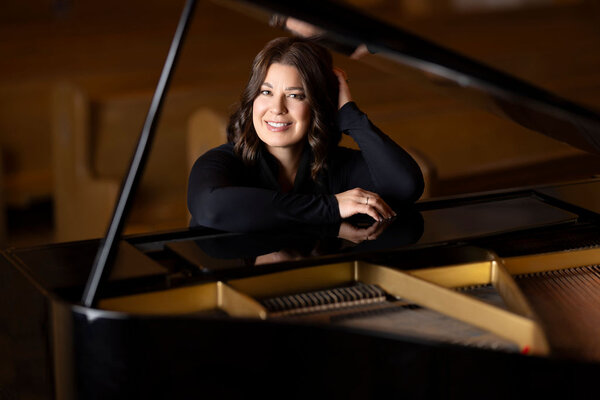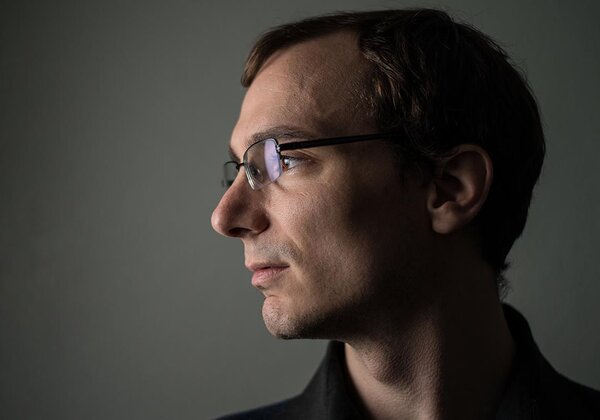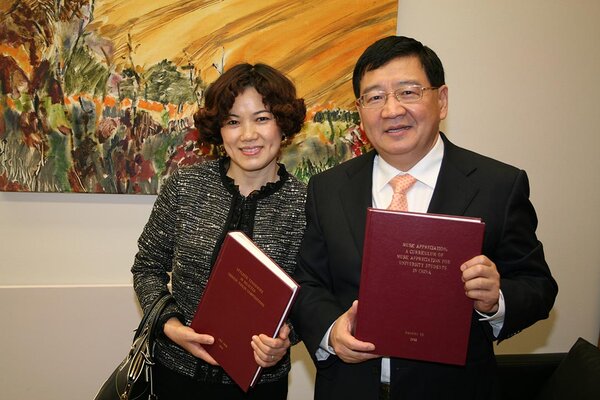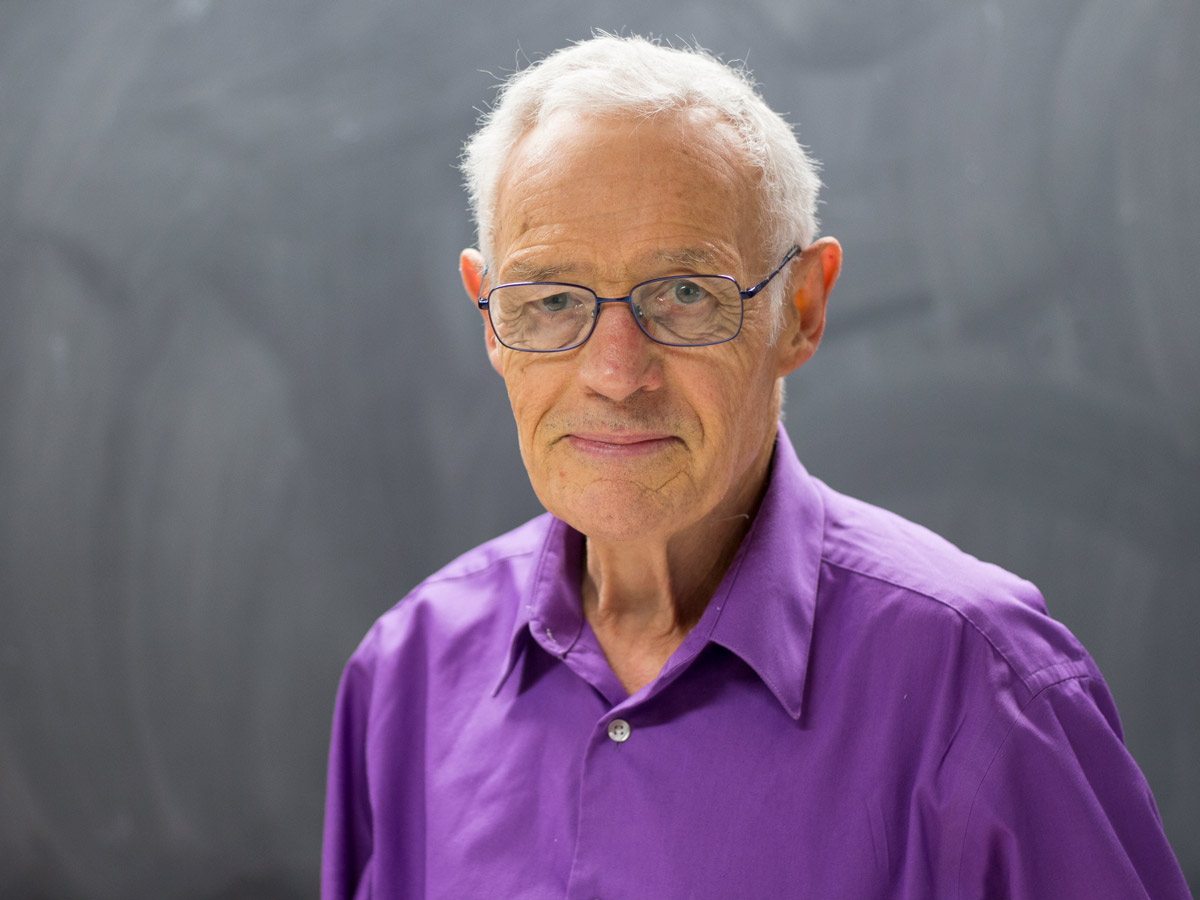
Robert Moody sees the beauty of mathematics
A discovery in the 1960s by the College of Arts and Science alumnus changed the course of modern mathematics
By Chris Putnam
Robert Moody (BA’62) confesses that for most of his school career, he was “no good at math at all.”
It was an unlikely start for someone who would shortly go on to reshape modern mathematics and see a branch of algebra named in his honour.
The turning point came in Grade 11, when a teacher brought out Euclid’s Elements. The Ancient Greek mathematical textbook was a source of dread for most of Moody’s classmates, but to him it became something different.
“That’s when I found that it was easy for me to do stuff that other people found really hard,” says Moody, a professor emeritus at the University of Alberta, adjunct professor at the University of Victoria and former University of Saskatchewan mathematics professor.
Robert Moody visits Saskatoon to give two free public talks in Arts 241 at the University of Saskatchewan:
|
After graduating from high school in Ottawa, Moody enrolled at the University of Saskatchewan’s College of Arts and Science to study mathematics.
“It was a great university to be at,” he remembers. “Going from high school to university was a big step for me. You enter a new world somehow when you go to university. It’s a world where there are ideas floating around and being discussed and debated.… Going into mathematics, I finally saw the things I really wanted to see.”
At the U of S, Moody was captured by the elegance of mathematical proofs and the connections between the concepts he studied.
“Mathematics is often thought of as being all about calculations and complicated expressions, but actually it’s about ideas,” he says. “And those ideas are really beautiful.”
“One of those lucky things”
Moody’s own most celebrated idea came a few years later, in the mid-1960s, when he was a PhD student at the University of Toronto.
“It was one of those lucky things,” he says. “I was taking two courses at Toronto: one from a very famous mathematician called Coxeter and another one from my supervisor, who was teaching a course on Lie algebras. And I just saw the same patterns were coming up in both.”
Moody took his observation to his supervisor, who suggested some further reading. “And then I just worked it all out and it just fell [together] in my hands,” Moody recalls. “And that was the beginning of the whole thing.”
The discovery amounted to an entirely new class of Lie algebras that would later be dubbed Kac-Moody algebras. (“Kac” for Victor Kac, a Russian mathematician who made the same discovery independently at almost the same time as Moody).
Kac-Moody algebras would eventually be recognized as a turning point in mathematics and mathematical physics worldwide, with countless applications for understanding and describing nature. Moody and Kac shared the prestigious Wigner Medal in 1996 for their discovery, and Moody’s lifetime achievements led to him being made a Fellow of the Royal Society of Canada, an Officer of the Order of Canada and a winner of the Killam Prize.
In 1967, just after completing his PhD, Moody was recruited to a faculty position in the U of S Department of Mathematics, where he worked for the next 23 years. His new algebras formed the basis of his first series of published papers, marking an explosive start to his academic career.
But Moody is humble about his place in the history of mathematics.
“It was one of those things that I think was ready to happen,” he says of Kac-Moody algebras. “I happened to be one of the lucky people who was there at the right time.”
Source of wonder
Now a professor emeritus, Moody is still hard at work on mathematics.
“It’s part of what I do,” he says. “Even if I stop for a few weeks, I always get interested in something and get back to it again.”
Curiosity is an essential part of human nature, he argues, and curiosity is what continues to motivate him.
“I think it’s that sense that this world is an amazing place. I am curious, and I think I’m still lucky enough to have a sense of wonder about it.”
Moody views mathematics as both an art and a science, with meaning grounded in the world we see and touch.
“The older I get, the more I’m interested in the relationship between mathematics and the physical world,” he says. “There probably was a time when I thought this abstraction could exist by itself, but I really believe now that all of our ideas ultimately derive from the physical world.
“Of course, the mathematics abstracts them. Once you’re in an abstract setting, you can play around with the abstract ideas and toss them this way and that way, but ultimately, I believe the intuitions, the meanings that are attached to things, derive from our physical senses.”
An appreciator of photography, music and literature, Moody encourages today’s students to pursue a variety of interests. He cautions against specializing too much too early.
“I think it’s important to see as many sides as you can,” he says. “We live in a scientific age, but science is only one part of who we are, and I don’t think it can explain human nature. And ultimately, human nature is what drives us.”
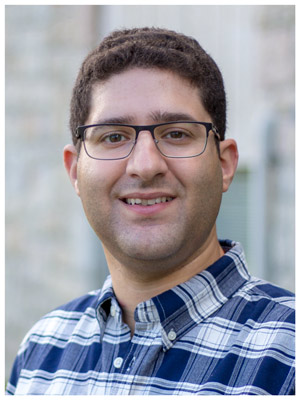 What are Kac-Moody algebras?By Steven Rayan An assistant professor in the Department of Mathematics and Statistics, Steven Rayan makes use of Kac-Moody algebras in his research tackling geometric questions arising out of theoretical physics. At the heart of Professor Moody’s discovery is symmetry. For example, take a square. If we rotate it 45 degrees, then it will be on a slant, but if we had rotated it by 90 degrees instead, then it would have returned to the same kind of position as it was in originally. This rotation by 90 degrees is a “symmetry” of the square. A hexagon has a 60 degree rotation as one of its symmetries. Different objects tend to have different symmetries. More provocatively, to know an object is to know its symmetries! It turns out that symmetries are found everywhere in nature, not just in geometry. Mathematicians have learned that even complicated real-life systems such as the balance between predator and prey in an ecosystem have “symmetries” that can be studied. When the symmetries get too complicated, mathematicians study incremental versions of them. These incremental symmetries form a kind of space called an “algebra”. What Professor Moody discovered is an infinite space of such incremental symmetries that perfectly capture the dynamics of an ever-expanding range of phenomena, leading the scientific world to discoveries as concrete as previously hidden features of the motion of water waves and as speculative as string theory in high-energy physics. Professor Moody found the proverbial pot of gold at the end of the rainbow, a capstone to several hundred years of work by mathematicians and physicists around the globe on the use of symmetry in understanding complex natural phenomena. But like all good discoveries, it opens more doors than it closes. To this day, numerous articles are being published each year in prestigious international journals on the topic of Kac-Moody algebras, making Moody one of the most recognized Canadians in the whole of mathematics. The future of mathematics is anyone’s guess, but Kac-Moody algebras are here to stay—they aren’t done telling us new truths about this mysterious universe we live in. |
